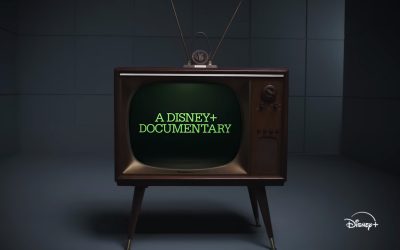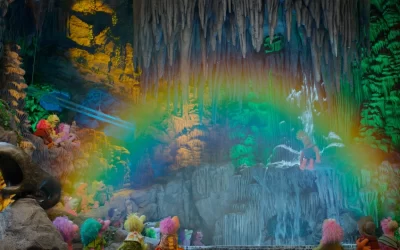Today’s Pride Month article was written by Muppet artist and Miss Piggy expert Peter Savieri! All art in this article is also provided by Savieri. You can follow Peter on Instagram @savieri. Thanks for celebrating Miss Piggy with us, Peter!
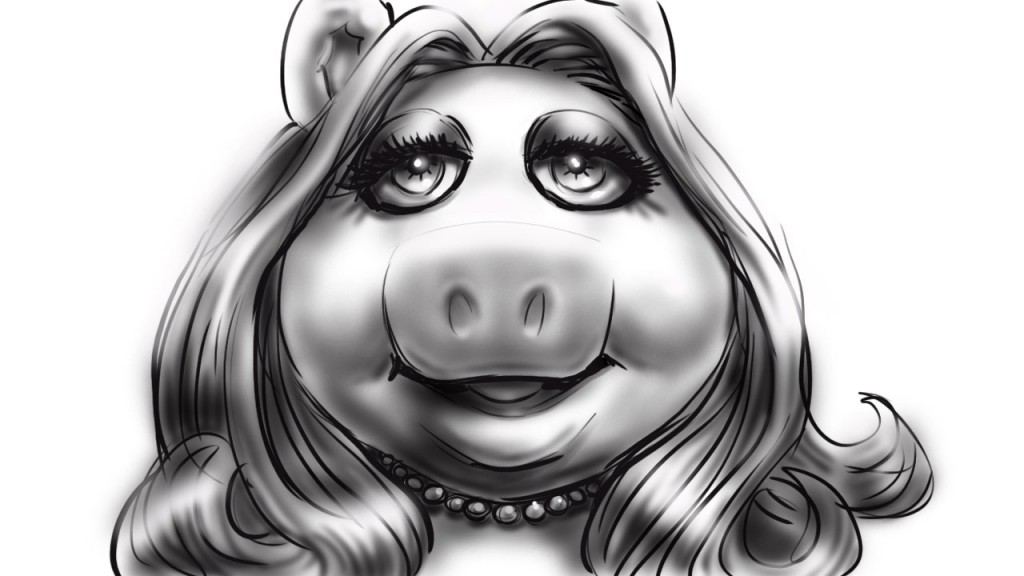
Miss Piggy was the first drag performance I ever experienced.
Allow me to elucidate. Take my hand and I’ll lead you on a journey.
There’s something about the childhood memories of people who grew up with an evolving identity anywhere toward the femme end of the LGBTQ rainbow spectrum. The magical rush of glancing coyly into the pink aisle of the toy shop, or taking a shortcut through a store that includes lacy ladies things (and not in the way little straight boys might be making that same furtive tour when a bit older; for me at 11 or 12 that was more of a loitering wander through the men’s underwear section… but I digress). That earlier magical rush of even a sidelong look into the pink toy aisle, filled with Barbie Dolls and baby dolls, sparkly fairy wands, plastic high heels and play makeup, gradually became tainted with the anxiety of being watched.
When I was growing up it was a different time, when the concept of a child being gay, trans or gender-queer in a factual and accepted way was the most distant and dreaded thing. Despite the huge steps forward in awareness and freedom brought about by legendary revolutionaries like Martha P Johnson and Silvia Rivera in New York as part of the Stonewall riots that became Pride, and later Harvey Milk and so many other brave and visionary LGBTQ heroes, most people who had children still assumed they’d be straight and conform entirely to the gender binary. If the notion occurred that their child might be “abnormal” (ie: FABULOUS) then that notion would be repressed or voiced in utter dismay.
Things have changed a great deal since I was a kid. For that matter things have changed a great deal since 5 years ago! This developing freedom and acceptance by the majority is wonderful, but it can feel extremely destabilizing too. A world that, for the most part, until recently held its arms tightly folded against us, is now opening them for an accepting hug. It might be decades before we can really let go of the background suspicion that there’s a dagger in their hand. No one wants to hold onto negativity, but when the validity of your very existence on Earth has been in question since childhood, it’s hard to drop your defenses.
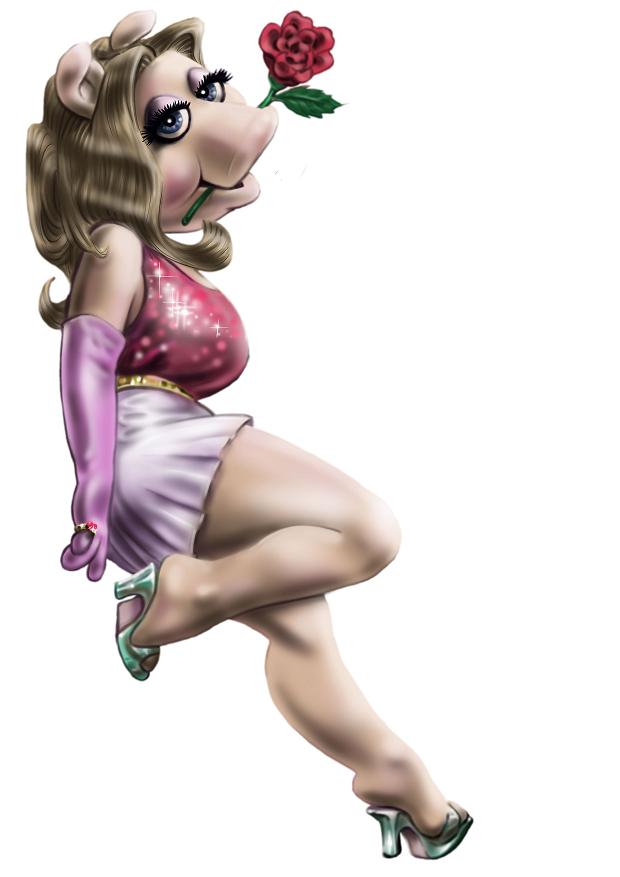
This is why I’m as grateful for the courage of the capital R Revolutionaries of the LGBTQ civil rights movements, as I am proud of the small acts of heroism we’ve all made in coming out, speaking our truth and risking personal safety to wear a dress or hold our partner’s hand, or join a Pride march. Each of these stands, historic and everyday, has and does make us real in the eyes of the majority. While all people are complex and all people share an identity journey, the gap between growing up with a sexual or gender identity that is reflected and validated absolutely everywhere and growing up in a validation vacuum with only negative or rare and reductive fragments of encouragement, is indescribably huge. The loneliness of the journey to adulthood for most LGBTQ people, even today, is the very reason that celebrations of Pride will always be relevant. Yes it’s pride in who we are, and pride in thriving despite the barriers, but at the core of the celebration is the pride that we have survived and arrived into adult life at all.
When a kid is growing up they need the guidance of their parents, family and culture to help them find their place. This is never a perfect process for anyone (the coming of age genre of storytelling is one of the most important for a reason), but for kids growing up feeling a million miles from the life experiences of their parents, wanting to experiment with the kinds of gender embodiment or first kisses that could get them ostracized, injured or killed, the evolving influences they find outside of the usually heterosexual bubble of the family become lifelines. In childhood these influences are often in magical or glamorous outsider characters. Later, in the pre-teen and teen years, those lifelines become adult figures who are either queer too, or so accepting and open to queer identities that they offer an example of a world that could be. This second type of hero are known as allies.
Wonderfully today, there are guiding lights to queer people who are queer, powerful and famous themselves. These range from young queer YouTubers to out and proud queer celebrities who double as a guiding light to straight people toward their evolving education that is helping them to a more engaged and complex understanding of the queer experience. Leading us all to greater latitude for growth. In my childhood, these allies were few and extremely far between. I instinctually loved Dolly Parton and Diana Ross when I was very very young (two epically feminine women who exaggerated their femininity without curtailing their power) and saw the generosity of cultural mother figures like Elizabeth Taylor as she stood proudly beside Rock Hudson and fought for people against AIDS and the equally terrifying disease of hate that it unveiled in the masses.
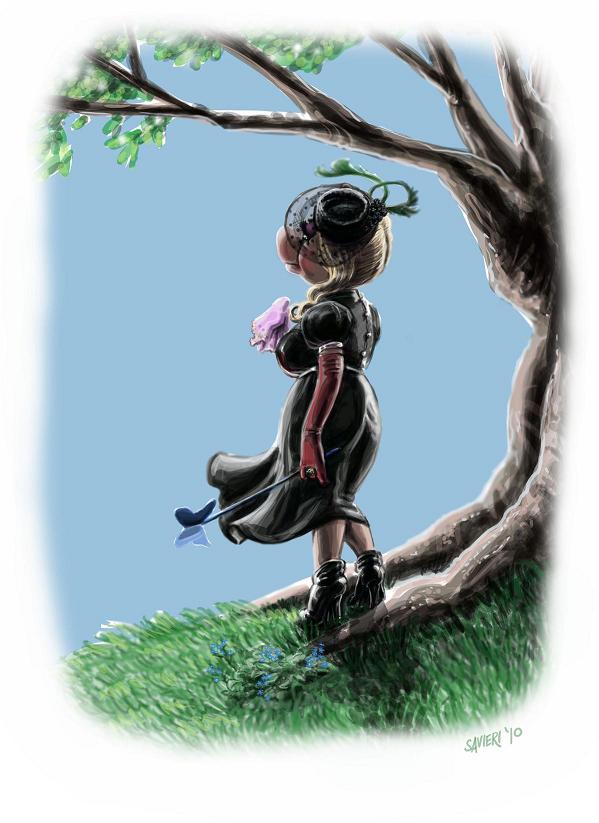
This was a lot to process for a little kid who knows they’re different, is beginning to understand that they might be doomed, and yet has that fire burning in them that drives them to find a place in the world.
At the transition from childhood to adolescence I discovered Madonna, and it cannot be overstated how much I was saved by this courageous and fiercely defiant voice for female empowerment, diversity and gay rights. She shouted our identities into the farthest reaches of conservative suburbia at a time when most others were barely whispering. She risked imploding her own career by doubling down on sexual and queer freedom at a time when, thanks to the AIDS crisis, both sex and gay men were public enemy number one. The world had turned viciously against us at a time when I was just coming to terms with who I was, with who I am, and Madonna stridently opposed ignorance and denial while vocally celebrating her gay mentors, friends and collaborators. This tough, plucky, short yet powerful, glamorous girl with a rivetingly iconic/ironic mix of sensitivity and ambition, narcissism and deep commitment to diverse community, chic sophistication and an almost bestial charm that cut through the platitudes of polite society that so often mask their prejudices. She was a combination of the big sister I’d always wished I had, the girl bestie that could stand up for me and use her sexual appeal against the homophobic patriarchy, to teach them a lesson and beat them at their power games, and the ever shifting and morphing illusions of feminity that I’d always seen as far more interesting and mighty than the clunky inert wall of patriarchal masculinity.
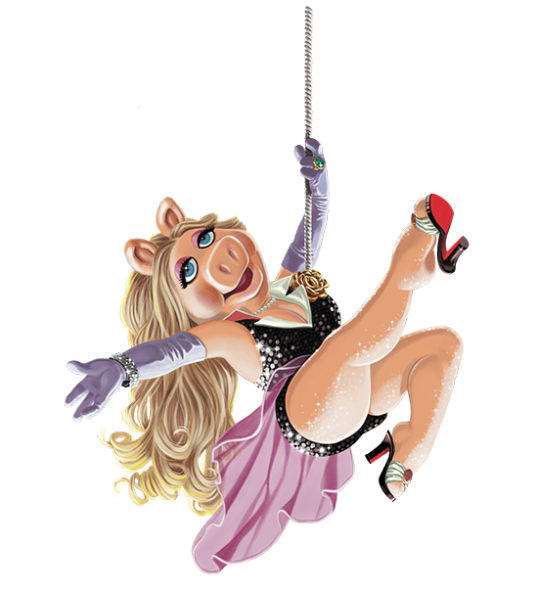
It came as no surprise that most of the people I grew up around, and a huge portion of the wider community and media, viewed Madonna as a bit of a… well… pig. She was unrepentant and indomitable. She took glamour to the edge of drag but never allowed the image to mask her strength. Heterosexual men could desire her but if they thought they had the upper hand, she’d soon have them on their knees. In fact she’d wield her feminine power somewhat like a left hook in a lavender glove.
And so we loop back to my very first experience of that dizzying maelstrom of contradictions that is embodied by the gay man’s love for the diva. Miss Piggy. Or La Pig, as I’ve come to call her. While, as is true of most femme drag, she was performed by a man (initially a gay man, the wonderful Richard Hunt) then a complex and brilliant straight man (gloriously gifted grump Frank Oz), and now by the clever Eric Jacobson, she was the mathematical quandary of a being who is ALL WOMAN, ALL PIG and one hundred percent DIVA. Especially when performed by the great and powerful Frank Oz, she is both a comic spectacle and a mesmerizing puzzle of identity markers. This is also the nature of drag, to synthesize and intensify the feminine (or, in the case of Drag Kings, the masculine) to celebrate all the glorious ironies of gender representation. To take the soft, the frilly, the glittery and turn them into shining armor. Straight men are beginning to be accepted into the pantheon of femme-positive drag performance because it taps into the feminine in us all, and brings flexibility to the soul-cage that toxic masculinity can be. Miss Piggy might be a pig, and she might be a miss, but she is also a man’s arm dressed as a beautiful lady, and a male performer’s inner femininity amplified and channeled through puppetry to create a formidable female character.
I’ve known a lot of straight men in my life. They’re sort of unavoidable! Many have cast themselves as my enemy (or not MY enemy but an enemy of what I represent… of my people, my identity, and the way it questions the presumption of their own power), and many have been my beloved friends. And I’ve noted a regular pattern among them. While there are certainly heterosexual men who love a diva and revel in feminine power (a perspective that usually prefigures me becoming their friend) there are far more who’s opinion of pushy, sexy women is less sympathetic. Even on the cozy, nostalgic level of Muppet fandom there are a lot of men who appreciate the comedy of Miss Piggy as an offset to the goofy, sensitive, magical and almost entirely male Muppets, but never clicked over into loving her because this offset is in opposition to what the Muppets represent to them.
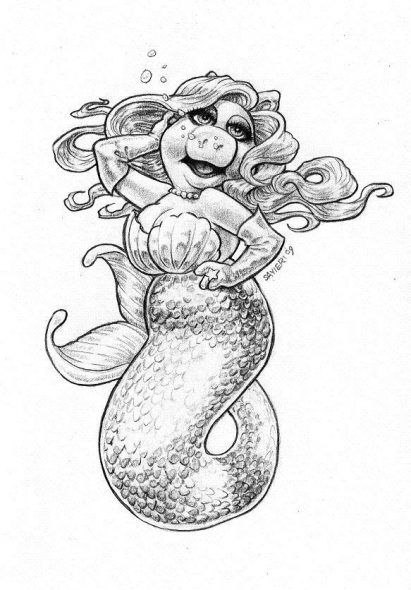
The majority of the Muppets are welcoming, clumsy, cuddly philosophers and clowns, while Miss Piggy is more mercurial and conflicted, narcissistic and ambitious, self serving yet so overwhelmed with passion and love for her frog (and just about every remotely cute male costar) that a sense of community glows in her too, even if it’s sometimes difficult to see. Because her Kermit’s loves are ultimately hers too. Even in appearance most of the Muppets are as consistent as classic animated characters. They have their key looks and they stick to them. La Pig, on the other hand, is an ever changing kaleidoscope of wigs and fashions. Even her eyelid color has been a journey from beige to pale lavender to dusky pink and deep magenta. Her mood shifts with the tide and she can go from fierce defense of our other Muppet friends to just as intense conflict with them. She is both defiantly grounded in herself and utterly lost in glamorous delusion. Her origin story (the mention of which will get you a begloved thump in the gut) has her ascend by pure grit from the muddy rural sty to the perfumed heights of at least the illusion of international superstardom. She has taken her questionable talent and leveled it up to her escapist self-image. Diva Pig, porcine princess of power.
Escapism is not only entertaining to LGBTQ people, it has been for most of us a matter of actual survival. We understand that sometimes our inner selves doesn’t match the outside, that the people we are told to be is only a mask that comforts our oppressors, that the dominant culture is just as illusory but they have the privilege and limitation of believing their culture is real. Everything we see is a look, a costume, a narrative choice, and only the inner light matters. The inner certainty. This is why LGBTQ people see drag as truth, because life is cabaret. While the majority often see it only as clowning satire, or worse, misogyny, we see femme drag as conjuring and embodying the deep eternal power of the feminine. Even when drag is performed in a homophobic or misogynist way by straight men for laughs, it still reveals to us the deeply envious and fearful relationship the patriarchy has with femininity. It’s all in intention. And the soul of the intention of great drag is to enlarge the feminine mythos into the expansive proportions of our love for it.
To us all women are, at least potentially, towering queens, and it only increases the glory of femininity that some are 6 foot men in dresses, others are 5 foot country music goddesses or 5 foot 4 inch Italian American pop icons and one, just one, is a 3 foot foam rubber pig.
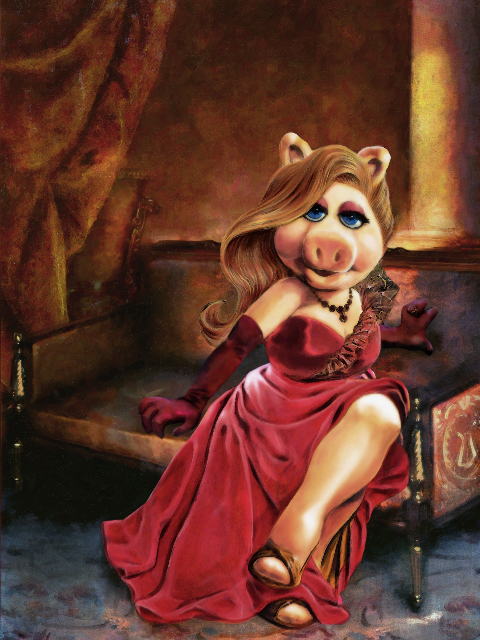
Click here to don your lavender gloves and strut into the ToughPigs forum!
by Peter Savieri


